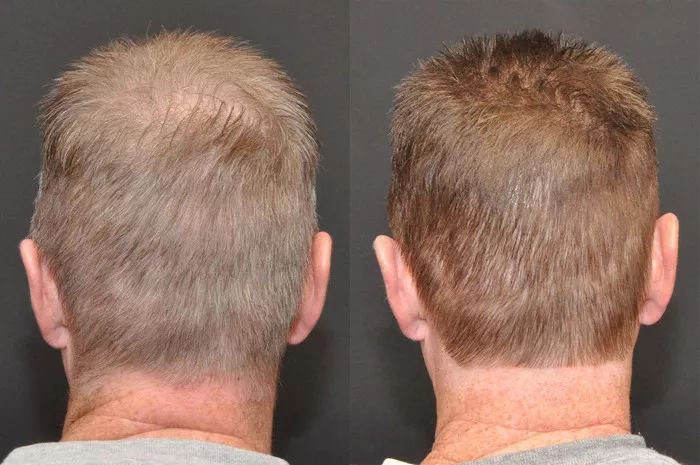Undergoing a hair transplant is a life-changing decision for many individuals seeking to restore their natural hairline and regain confidence. While the results are often transformative, some patients may be concerned about the visibility of the surgical scar left behind. Fortunately, there are several effective methods to conceal a hair transplant scar, allowing individuals to enjoy the benefits of their procedure without the worry of an unsightly reminder.
1. Choose the Right Hairstyle
One of the simplest and most effective ways to conceal a hair transplant scar is by selecting an appropriate hairstyle. Longer hair can effectively cover scars, especially those located at the back of the head. Discuss with your hairstylist the best options that align with your hair type and the specific location of your scar. They can recommend styles that not only hide the scar but also complement your overall look.
2. Use Concealing Products
A variety of cosmetic products are available that can help conceal hair transplant scars. Products such as concealers, powders, and sprays are designed to match your natural hair color, creating an illusion of thicker hair and reducing the visibility of scars. When applying these products, ensure that they are evenly distributed to achieve a seamless and natural appearance.
3. Opt for Scalp Micropigmentation
Scalp micropigmentation (SMP) is a non-surgical procedure that involves the application of pigments to the scalp to simulate the appearance of hair follicles. This technique is particularly effective in camouflaging hair transplant scars, providing a natural and long-lasting solution. SMP can be tailored to match your existing hair color and density, creating a consistent and cohesive look that minimizes the visibility of scars.
4. Massage the Scar Tissue
Regularly massaging the scar tissue can promote blood circulation, help break down scar tissue, and encourage healing. Use gentle circular motions with your fingertips to massage the scar, applying a recommended scar-healing ointment or cream. Over time, this technique can contribute to a softer, less noticeable scar.
5. Laser Therapy
Laser therapy is another option to reduce the visibility of scars after a hair transplant. This non-invasive treatment helps stimulate collagen production, promoting skin regeneration and minimizing scarring. Consult with your dermatologist or the surgeon who performed the transplant to determine if laser therapy is a suitable option for your specific case.
6. Sun Protection
Protecting your scalp from harmful UV rays is crucial in minimizing the appearance of scars. Exposing a healing scar to the sun can result in hyperpigmentation and increased visibility. Use sunscreen specifically designed for the scalp or wear a hat when outdoors to shield the scar from direct sunlight.
7. Consider Scar Revision Surgery
In some cases, individuals may explore scar revision surgery to improve the appearance of their hair transplant scar. This involves the removal of the existing scar tissue and the creation of a new, less noticeable scar. While this is a more invasive option, it can provide significant improvement for those who are dissatisfied with the appearance of their original scar.
See Also: Hair Shedding After a Hair Transplant: A Patient’s Guide
Conclusion
Choosing to undergo a hair transplant is a significant step towards regaining confidence and achieving a fuller head of hair. While the presence of a scar may be a concern for some, there are various effective methods to conceal and minimize its visibility. From choosing the right hairstyle to exploring advanced treatments like scalp micropigmentation and laser therapy, individuals have several options to ensure that their hair transplant results are not only transformative but also aesthetically pleasing. By incorporating these strategies into their post-transplant care routine, individuals can confidently embrace their new look without the worry of a visible reminder of their journey to hair restoration.


